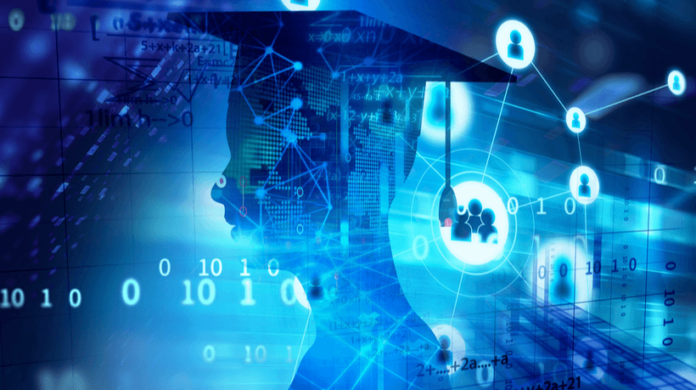Indeed, even before the COVID-19 pandemic prompted a flood in internet business shopping, physical stores were being compelled to deal with a retail scene in which web-based shopping was becoming progressively well known. Presently, following a year in which buyers have delighted in the accommodation of a single tick shopping and putting orders from the solace of their sofas, internet business is scheduled to keep becoming even after the pandemic closures.
Computer vision innovation can assist retailers with disposing of the greatest physical problem areas and rethink the in-store shopping experience to offer consistent in-store encounters by presenting self-ruling capacities, contactless checkout, and uncommon proficiency and exactness at each phase of the client venture.
To a great extent restricted in the extension until as of late, the utilization of AI advancements like PC vision is quickly expanding in the retail business. As per a 2020 conjecture by Fortune Business Insights, the worldwide AI in the retail market will spike from $2.3 billion out of 2018 to $23.4 billion by 2026. PC vision innovation represented 23.7% of the retail AI piece of the overall industry in 2018 – and keeping in mind that lone 3% of retailers had used the innovation by 2020, 40% had plans to start doing as such inside the following year.
Retailers utilizing computer vision remain to acquire enormous, giving clients frictionless in-store encounters, mitigating operational shortcomings, and forestalling burglary. Camera frameworks combined with trend-setting innovation make it conceivable to distinguish strange conduct or insufficiencies in groups of products. With reams of information consistently took care of into the framework, architects can make definite and precise forecasts for how to keep away from burglary or how to all the more likely oversee stock and forestall stock deficiencies. An arrangement of location, acknowledgment, and transfer can precisely take care of information back to sensors appended to racks, receptacles, in-store robots, and that’s just the beginning. The checkout line can turn into a relic of times gone by, as in-store sensors and roof-mounted cameras can record each thing customers put on their trucks – organizing clients’ tabs continuously before they look at and pay to utilize a mobile application.
That scene is continually advancing, which is the reason it’s fundamental for AI-based advances to be improved by a human-tuned methodology, with human experts giving an indispensable layer of value control and readiness. This will empower frameworks to calibrate basic calculations and increment forecast precision. For example, people can approve new item marks that informational collections can’t generally anticipate all alone.
Computer vision is engaging retailers to accomplish more with less while speeding up basic business capacities like rack the executives, information assortment, installments, and then some. As the world looks toward a post-pandemic typical and the steady return of an ever-increasing number of customers to physical stores, retailers’ presentation will depend on their capacity to adjust to advertise moves and give clients the smoothed out, grating free encounters they’ve generally expected. In PC vision innovation, stores have an amazing partner in that mission.
Follow and connect with us on Facebook, Linkedin, Twitter

